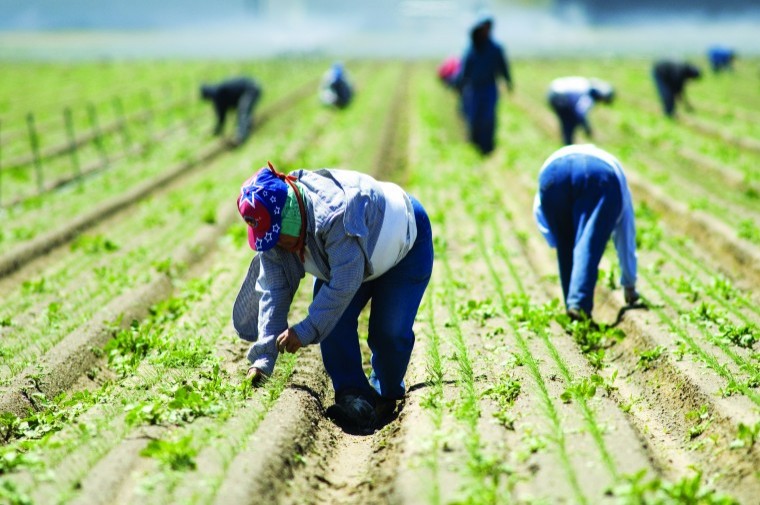An astonishing 29% of forced labour cases in the UK during 2012 happened on farms and in food processing businesses.
The figure was given by David Camp, director of the Surrey based Association of Labour Providers (ALP), during his talk on tackling the exploitation of seasonal labour at the Fruit Focus event in Kent. Fruit growers and others use seasonal labour to harvest their crops.
Mr Camp, whose organisation represents those supplying farms with labour, warned growers to pay workers enough. “If a grower is not paying enough for a supplier to run a sustainable business and that can only be done by worker exploitation and tax evasion, then the grower is compliant in that and runs a reputational risk.”
To check Mr Camp’s 29% figure, South East Farmer contacted the National Crime Agency (NCA), which runs the UK Human Trafficking Centre.
We spoke to Richard Sellers, an NCA press officer. The figure is hard to find on the NCA’s website, but eventually Mr Sellers traced it in an assessment published by the UK Human Trafficking Centre in August last year. The document is called “A strategic assessment on the nature and scale of human trafficking in 2012.” Human trafficking includes labour exploitation, sexual exploitation and domestic servitude.
The labour exploitation figures show that in 2012, 68 potential victims were reported in agriculture, or 13% of the total. In food processing, 83 victims – or 16% of the total – were reported. Together, the two figures equal 29%.
The assessment highlights ten categories of labour exploitation: agriculture is the fourth highest after block paving and tarmacking, food processing, and maritime. The first assessment was published for 2011, and the assessment for 2013 is due to be published in September.
There are two difficulties for the farming industry. The first is that the figures are going up, and so the pressure to do something is growing. The UK Human Trafficking Centre has already published statistics for 2013, showing that the UK national referral mechanism received 1,746 reports of potential victims of trafficking, a 47% increase on the 2012 figure. In the adult labour exploitation category, there was a total of 511 men and women, an 89% increase on 2012.
“These figures are only a snapshot and do not necessarily represent the scale of what is happening,” said Mr Sellers, who pointed out that it is not compulsory for victims of labour exploitation to go through the national referral mechanism.
The other difficulty is that the government has just published the modern slavery bill, and already the charities and non governmental organisations who deal with victims are pressing for much tougher sanctions against those involved in human trafficking. The ALP itself is lobbying for the bill to make companies report how they are tackling forced labour in their supply chains.
The ALP has already launched the Stronger Together initiative to deter, detect and deal with hidden worker exploitation. Paul Broadbent, chief executive of the Gangmasters Licensing Authority – which prosecutes gangmasters supplying labour illegally – urged anyone with a whiff of relevant information or intelligence to contact him. With the demise of the agricultural wages board and no replacement as yet for the seasonal agricultural workers scheme, Mr Camp said every grower had to take responsibility for securing their labour supply beyond 2015. “That means providing a good place to work and treating workers fairly and squarely with respect and dignity.”




